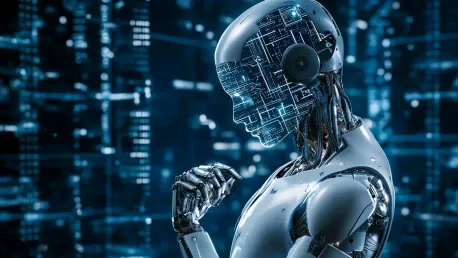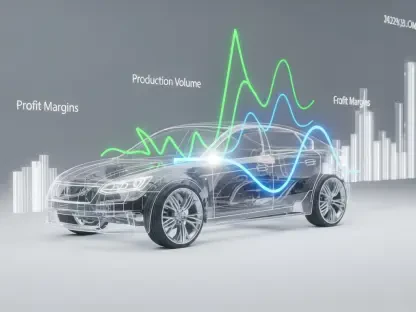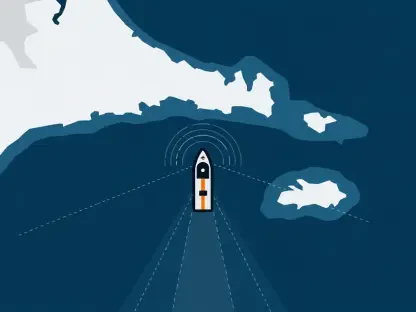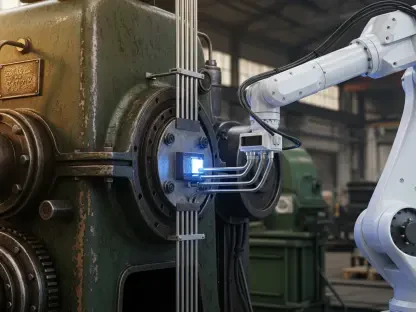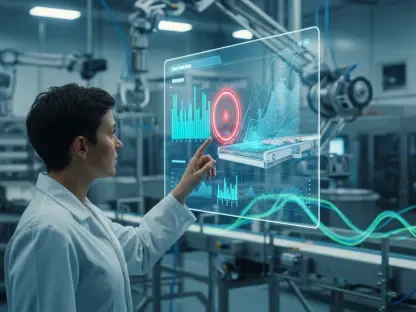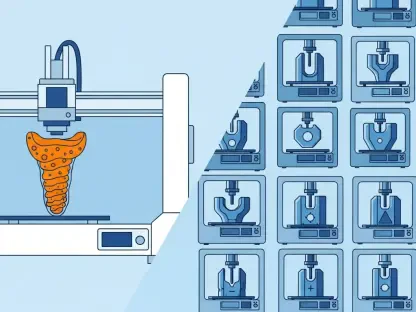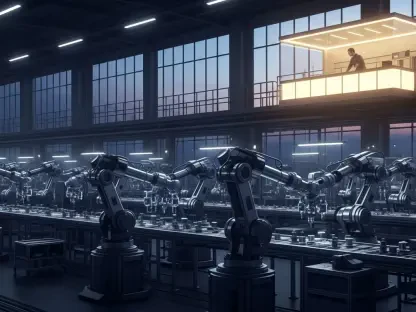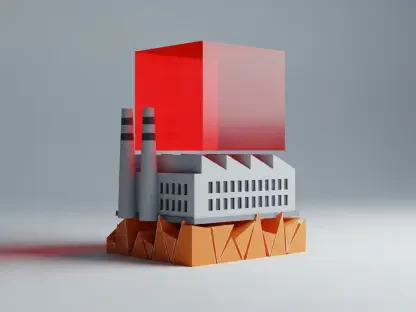In the world of manufacturing, the inability to quickly replace parts of complex machinery often leads to costly production delays, causing significant financial losses. Backflip AI has developed groundbreaking 3D parts-scanning technology aimed at mitigating these delays by automating the creation of replacement part models right from 3D scans. This Californian startup’s innovative solution helps alleviate the traditionally time-consuming labor involved in designing replacement parts and gets production lines back up and running in record time.
Addressing Downtime in Manufacturing
The Role of 3D Scanning in Modern Manufacturing
Manufacturing processes are inherently complex, involving tens of thousands of unique parts, each contributing to the overall efficiency of a production line. When even a single part fails, identifying and sourcing a suitable replacement can result in extended periods of costly downtime. This issue is further compounded by the fact that many assembly lines incorporate older machinery that lacks up-to-date digital design models. Without readily available Computer-Aided Design (CAD) models to reference, the traditional process of manually measuring and redesigning replacement parts can be highly labor-intensive and inefficient.
This is where Backflip AI’s 3D parts-scanning technology steps in to revolutionize the process. By automating the translation of 3D scan data into manufacturable CAD files, Backflip AI drastically reduces the time and effort required to produce replacement parts. Maintenance teams can now focus on preventing interruptions rather than dealing with them as they arise. With production lines boasting better preparedness for mechanical failures, the financial repercussions of unexpected downtime are mitigated. The introduction of this technology represents not only an advancement in efficiency but also a reduction in the technical barriers that have historically hampered the manufacturing sector.
The Capabilities of Backflip AI’s Tools
Backflip AI’s technology arsenal includes a Solidworks plug-in and a web application, both designed to streamline the conversion of 3D scan data into usable CAD models. The Solidworks plug-in, in particular, stands out for its feature history functionality, which provides users the flexibility to modify and adapt the generated 3D models. This capability enables a smoother transition and reduces the learning curve for those new to the software, giving maintenance teams the ability to quickly and confidently produce the parts they need.
Furthermore, the web application complements the plug-in by converting raw scan data into parametric CAD files, making the creation of accurate and manufacturable parts more efficient. This dual-tool approach ensures that varied user preferences and requirements are addressed. As a result, engineers and technicians can generate precise part geometries suitable for CNC machining or 3D printing within minutes. The ability of Backflip AI’s technology to seamlessly integrate with existing manufacturing tools and systems underscores its potential to transform the landscape of manufacturing repair operations.
Overcoming Technical Challenges
Precision and Complexity in 3D Scanning
One of the key challenges in utilizing 3D scanning technology lies in the precision and complexity of the data captured. Traditional 3D scanners often generate intricate surface textures that are difficult for standard manufacturing tools to accurately replicate. Backflip AI has tackled this problem head-on by developing an advanced AI model capable of converting these complex data points into clean, manufacturable geometries. Trained on an expansive synthetic dataset comprising over 100 million 3D geometries, the AI model ensures high precision and compatibility with existing 3D CAD software, paving the way for smoother integration in manufacturing environments.
Backflip AI’s solution stands out not only for its technological sophistication but also for its practical application. By producing manufacturable CAD files from 3D scans within minutes, the technology reduces the time and expertise required to create precise replacement parts. This enhancement means that even older machines or assembly lines constructed by third-party integrators without CAD models can be maintained and repaired with greater ease. The result is a substantial decrease in downtime and a more efficient and resilient manufacturing process overall.
The Financial Implications of Downtime Efficiency
The financial ramifications of unplanned production halts are significant, often translating into substantial losses within minutes of a line going down. By addressing the precision and complexity challenges associated with 3D scanning, Backflip AI’s technology provides a practical solution to an otherwise perpetual problem in the manufacturing industry. Faster creation of replacement parts means that machines spend less time idle, ensuring that production goals are met more consistently. The application of this technology holds promise not just for reducing direct costs, but for driving broader financial health and stability in the sector.
The emergence of Backflip AI from two years of rigorous development, supported by more than $30 million in funding, marks a significant milestone for the company and the industry at large. The team behind Backflip AI brings a proven track record of innovation, including the development of 3D-printed carbon fiber and the founding of Markforged. This strong foundation in AI and manufacturing technologies is key to the startup’s ability to deliver transformative solutions that address some of the most pressing challenges faced by manufacturing teams today.
Future Implications and Industry Impact
Shaping the Future of Manufacturing
The introduction of Backflip AI’s 3D parts-scanning technology heralds a new era for manufacturing, where automation and AI-driven solutions play an increasingly prominent role in optimizing operational efficiency. By reducing manual intervention and leveraging sophisticated algorithms to produce manufacturable part geometries from 3D scans, Backflip AI significantly enhances a company’s ability to rapidly address and resolve mechanical failures. This shift not only reduces the burden on maintenance teams but also redirects resources towards innovation and productivity improvements.
The broader implications of this technology extend beyond immediate cost savings and efficiency gains. As more manufacturing enterprises adopt Backflip AI’s solution, the industry may witness a substantial transformation characterized by reduced dependency on manual labor for part creation. This sets the stage for a more resilient manufacturing ecosystem capable of adapting to changing demands and minimizing the impact of unexpected disruptions. The shift towards more automated and efficient processes aligns with global trends in Industry 4.0, propelling the sector forward into a future where technology and human ingenuity coexist seamlessly.
Fostering Long-Term Benefits
In the manufacturing industry, the inability to swiftly replace parts of intricate machinery often results in expensive production delays and substantial financial losses. Addressing this issue, Backflip AI has introduced revolutionary 3D parts-scanning technology designed to reduce these delays by automating the creation of replacement part models directly from 3D scans. This California-based startup’s cutting-edge solution streamlines what has traditionally been a labor-intensive process, accelerating the design of replacement parts and enabling production lines to resume operation much quicker. By leveraging this advanced technology, manufacturers can reduce downtime, significantly cut costs, and enhance overall productivity. This innovation not only minimizes disruptions but also empowers businesses to maintain consistent and efficient operations. Ultimately, Backflip AI’s advancements represent a significant leap forward in the realm of manufacturing, offering a practical solution to a common and costly problem faced by the industry.
